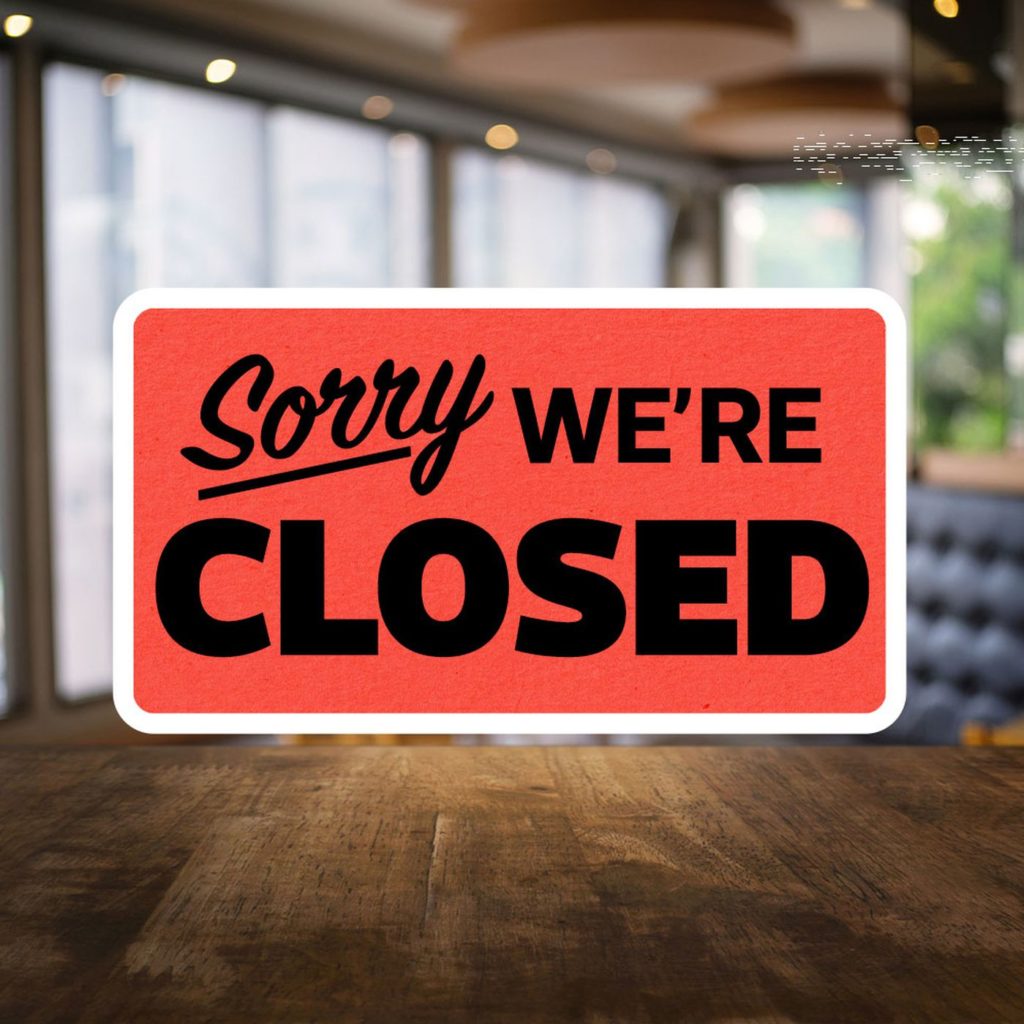
Sometimes, despite all the care you take over product selection, you end up with a product that just isn’t selling. And if nothing you try has any effect on sales, you may need to say goodbye to that product – close that listing and move on.
In fact, you have a choice of two ways to close a listing. You can close it temporarily, or delete it for good. If, for instance, you have no inventory at the moment, you might want to close the listing temporarily. Closing it will simply change the status of the ASIN to inactive, and when you get more inventory into the warehouse, you can activate it again.
Deleting, on the other hand, removes all the product information and sales history permanently. That means you’ll lose all your buyer search terms. If you want to sell a similar product later on, you’ll need to research all the keywords all over again. If you delete the ASIN, you’re burning your bridges. We prefer to keep listings inactive so that, for instance, if you had flared jeans that didn’t sell, if you’re going to sell other jeans or denim goods, you still have access to the history.
There are various situations in which you may want to say goodbye to a product. Sometimes, you’ll find that you launched at the same time as other sellers, so a niche that looked under supplied suddenly becomes competitive.
There’s a negative double whammy effect on your profits. Not only do your sales represent a fraction of what you expected, because of the extra competition; your advertising cost rises at the same time, as you’re all competing for the same keywords.
This problem can be particularly bad with trending products and fashion items. With products which have a long term demand, sometimes you just need to tough it out and keep your prices high while your competitors self-destruct with cut-throat pricing. Or you could find another less competitive marketplace like Facebook or maybe Walmart.
But if the situation doesn’t get any better, it may be time to close out.
Sometimes, after a good initial run of sales, you find new rivals have targeted your niche and you see sales slowing down and eventually falling. If you’ve already got your product established, then you can defend it by optimizing your product page and your PPC strategies. You might decide to build your off-Amazon presence, for instance feeding social media and website links to your product page. You might even look to upgrade your product and come out with Product 2.0.
But if that fails, then closing down the product is probably the right thing to do.
Sometimes, a product trend dies. If you’re lucky you will already be low on inventory when you notice it happening. This doesn’t just happen to trending products; it could happen to products that were new four or five years ago, but now, most people who want the product have already bought one.
Check competitors’ sales as well as your own to see the magnitude of the trend; don’t just trust your own experience. Check Google Trends to see if relevant keywords are still being searched. If competitors’ sales are falling, and the keywords have fewer searches than a year ago, the market is declining. In this case, you might want to start lowering the price gradually, to shift inventory while you can still make a profit.
Eventually, you may want to close the product down, or you might just adapt to a lower level of sales in the long term.
When you do decide it’s time to say goodbye, then you’ll need to get your inventory out of Amazon’s warehouse, or liquidate it; you can even have Amazon destroy it, if necessary. But ensure you’re not paying storage fees on the product. And then it’s time to start looking for new products to fill the gap.
